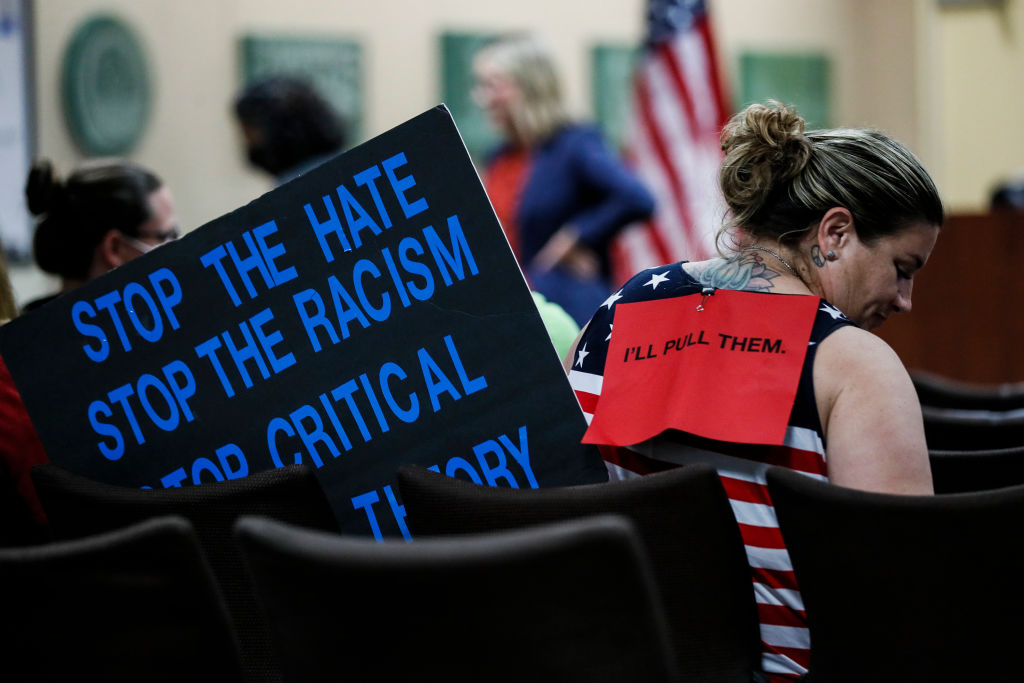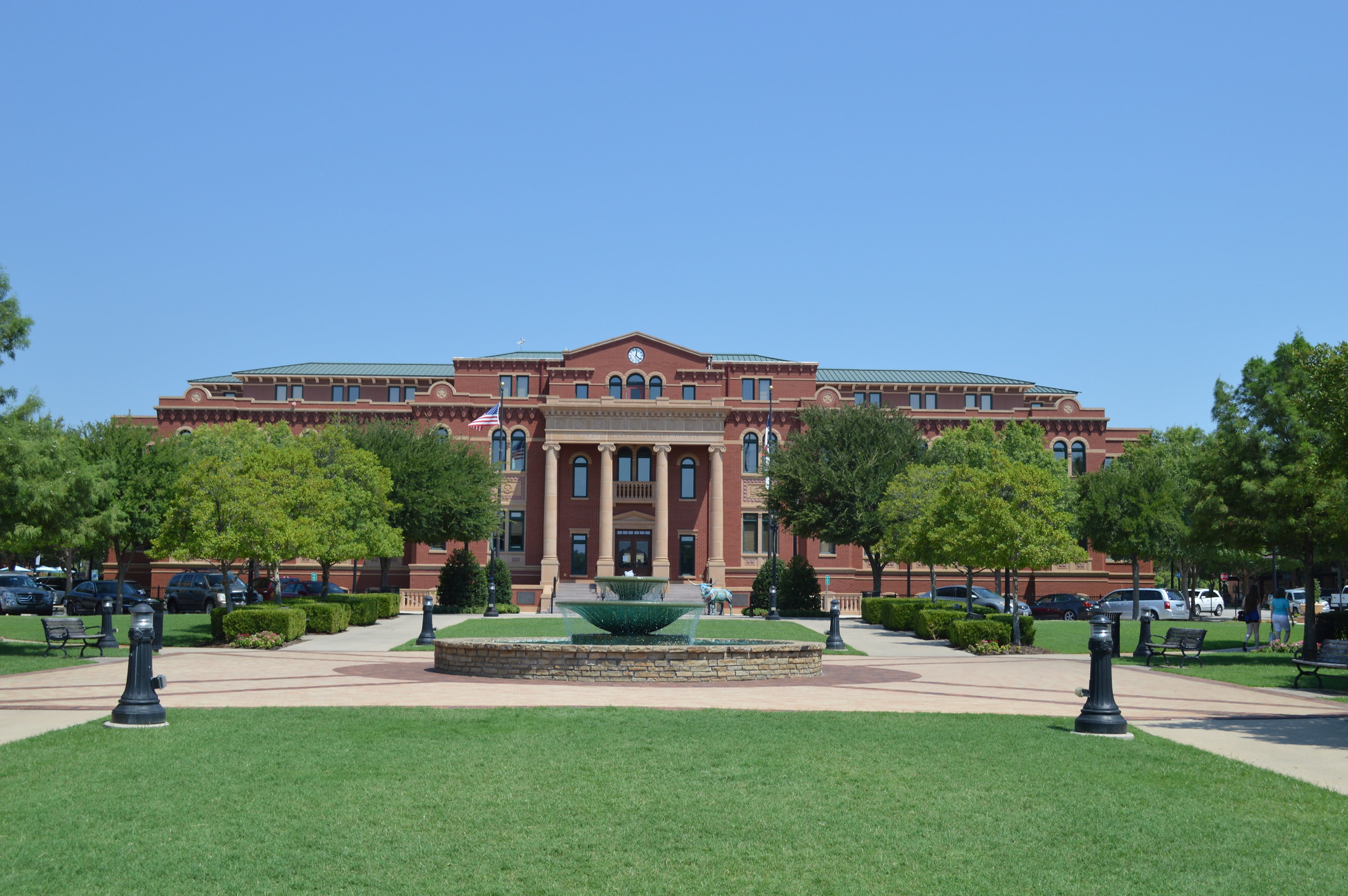Our heroes will never be forgotten.
The “Ethnic Studies” Trap

California’s new graduation requirement has all the hallmarks of CRT.
California Governor Gavin Newsom recently signed into law Assembly Bill 101, making California the first state to require ethnic studies for all high school students. Though cloaked in soothing language about freedom from bias and bigotry, the bill’s history, purpose, and implementing regulations give cause for concern.
The law, which will go into effect on January 1, requires all public high schools and charter schools to offer a one semester course in ethnic studies by the 2025-2026 school year and establishes it as a prerequisite to graduation in 2030.
Prior to statewide adoption, the Los Angeles, San Francisco, San Diego, and Oakland school boards voted to impose ethnic studies as a high school graduation requirement. Ethnic studies is also a graduation requisite at California community colleges, the California State University system, and some University of California campuses. In 2017, Oregon passed a law ordering that ethnic studies concepts be integrated into existing social studies courses for K-12 students. The California law differs by requiring a dedicated course.
Enactment of AB 101 comes after two previous efforts, starting with then-governor Jerry Brown’s order in 2016 that the California Department of Education develop an elective course. Last year, California’s legislature considered a version of the current bill. That bill faced stiff opposition for its radical design, including proposed curricula that denigrated Jews, promoted the Boycott, Divestment, and Sanctions movement against Israel, and praised Pol Pot, the Marxist dictator of Cambodia who was responsible for the deaths of nearly two million Cambodians.
The final version of the bill includes what Governor Newsom characterizes as “guardrails” intended to ameliorate these concerns. Courses must be “appropriate” for students “of all races, religions, nationalities, genders, sexual orientations, and diverse ethnic and cultural backgrounds;” not “reflect or promote, directly or indirectly, any bias, bigotry, or discrimination against any person or group of persons” within a protected group; and “not teach or promote religious doctrine.”
These optics cannot remedy the law’s improper purpose.
The preface to the 900-page Model Curriculum describes the legislation as “highlighting core ethnic studies concepts such as equality and equity, justice, race and racism, ethnicity and bigotry, indigeneity, etc.” Contrasted to “equality” which is describes opening opportunities to all, “equity” refers to outcome-determinative quotas by which decisions are made primarily on the basis of race, ethnicity, gender, and gender identity. According to the preface, the Model Curriculum focuses on: “African American, Chicana/o/x and Latina/o/x, Native American, and Asian American and Pacific Islander studies.” As explained in Chapter 1, “at its core, the field of ethnic studies is the interdisciplinary study of race, ethnicity, and Indigeneity, with an emphasis on the experiences of people of color in the United States.
The preface adds: “Ethnic studies courses address institutionalized systems of advantage, and address the causes of racism and other forms of bigotry including, but not limited to, anti-Blackness, anti-Indigeneity, xenophobia, antisemitism, and Islamophobia within our culture and governmental policies.”
Sample topics include Black Lives Matter, police brutality, systems of power, housing inequality, Afrofuturism, the “Four I’s of Oppression,” undocumented immigrants, and “This is Indian Land.” How many schools will be able to avoid the influence of The 1619 Project Curriculum, which falsely teaches that America’s foundation is slavery and that the American Revolution was fought primarily to protect slavery?
The Model Curriculum’s biases are highlighted by its near-indifference to antisemitism. During the last few years, antisemitic incidents reached historically high levels. Last year, the FBI reported that Jews were the target of 60 percent of all hate crimes motivated by religious bias, despite representing just 2.4 percent of the U.S. population. Yet, the first mention of Jews in the sample topic chapter comes at page 301 in an example that describes how a Jewish man was the victim of arson because he was mistaken for an Arab. Brief information about antisemitism is first provided at page 371.
Notwithstanding Governor Newsom’s “guardrails,” California’s ethnic studies curriculum is rooted in the principles of Critical Race Theory (CRT) and the Black Lives Matters movement: racism is systemic; its victims are people of color, primarily blacks and Indigenous Americans; and the white patriarchy brutalizes people of color and appropriates Indian lands. Rather than bring students together, the curriculum focuses on what divides Americans by emphasizing differences and harms perpetrated by white Americans.
Given that both the National Education Association and American Federation of Teachers president Randi Weingarten have defended the teaching of CRT, there is no reason to expect that teachers will re-direct discussions in a more productive direction.
Regardless of the semantic distinctions offered by its proponents, California’s ethnic studies requirement mandates the teaching of CRT in California high schools. This measure ought to be vigorously countered at every level, beginning at the neighborhood school board meeting and including political campaigns run against those in Sacramento bent on improperly imposing and enforcing their doctrines.
The American Mind presents a range of perspectives. Views are writers’ own and do not necessarily represent those of The Claremont Institute.
The American Mind is a publication of the Claremont Institute, a non-profit 501(c)(3) organization, dedicated to restoring the principles of the American Founding to their rightful, preeminent authority in our national life. Interested in supporting our work? Gifts to the Claremont Institute are tax-deductible.
Partisanship has swallowed God whole.
A vigorous fight in a small Texas city unseated advocates of a pernicious racial theory.



